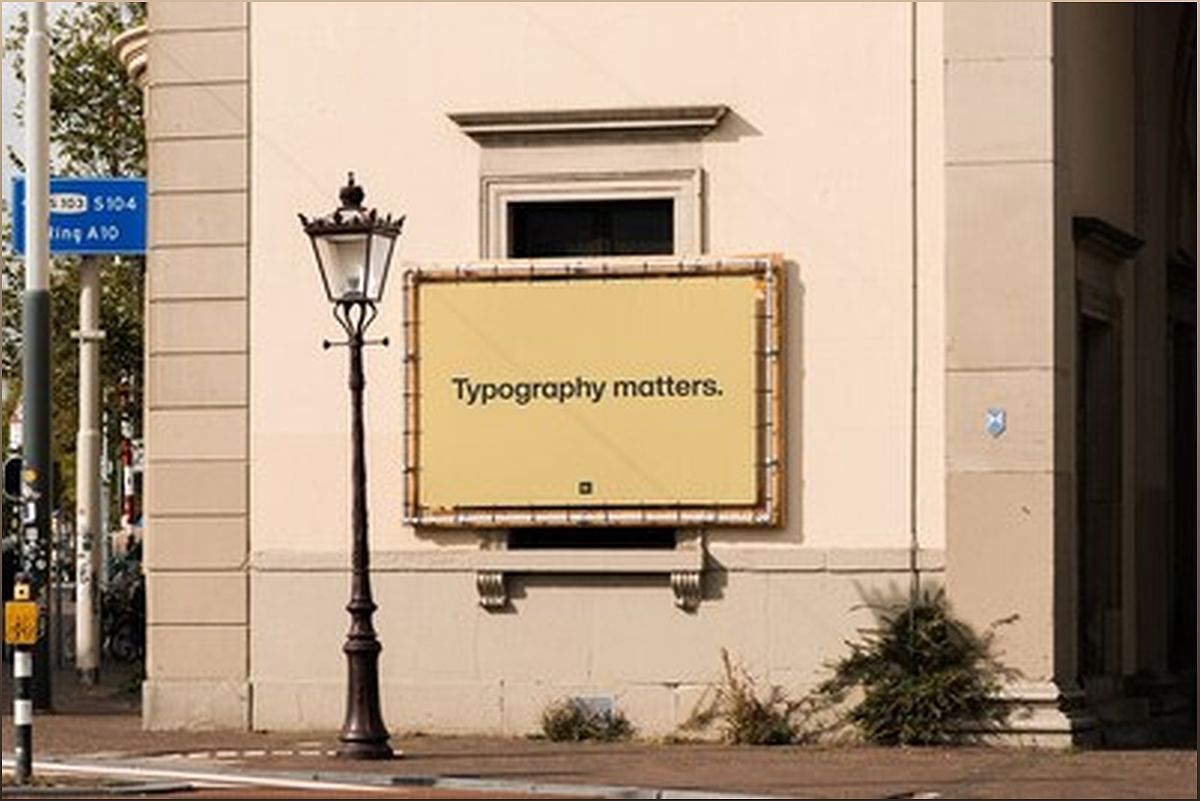Typography plays a powerful role in shaping emotional responses and brand identities. Monotype, in collaboration with Neurons, conducted neuroscience research across eight countries, revealing the impact of font styles on emotions. From conveying honesty and quality with serif typefaces to suggesting innovation and distinction with certain fonts, the findings offer valuable insights for marketers. The research also highlights the importance of considering cultural and linguistic differences when adapting brand strategies. Dive into the full report to learn how type size, color, and spacing influence emotional perception.
The Impact of Font Styles on Emotional Responses
Typography has a profound impact on our emotions and perceptions. The research conducted by Monotype and Neurons reveals that different font styles can elicit varied emotional responses. Serif typefaces, such as Cotford, are associated with honesty and quality, making them an excellent choice for brands aiming to evoke these emotions. On the other hand, fonts like FS Jack can suggest innovation and distinction, eliciting emotional responses related to prominence and innovation.
It's fascinating to see how typefaces like Gilroy Bold are linked to honesty and clarity, making them effective for conveying these attributes, especially in longer messaging. Additionally, the size, color, and spacing of the font also play a significant role in how it is perceived and felt.
Cultural and Linguistic Differences in Font Preferences
The research conducted by Monotype and Neurons also highlights the influence of cultural and linguistic differences on font preferences. English-speaking countries, such as Australia, the UK, and the US, tend to prefer typefaces with distinctive characteristics. In contrast, regions with a rich history of printing, like France, Portugal, and Spain, show a significant preference for the soulful and classic serif style of Cotford.
In Japan, Gothic, low-contrast, humanistic typefaces are highly effective in conveying innovation. These findings emphasize the importance of considering regional differences in responses to type when making font choices for international brand and marketing campaigns.
The Emotional Power of Type in Branding
Monotype's research highlights the value of harnessing the emotional power of type in branding. Beyond colors and logos, typefaces can evoke specific emotions and create a lasting impression on consumers. Brands and public information decision-makers should consider the emotional impact of type when developing their messaging and campaigns.
By choosing the right font styles, brands can effectively convey their desired attributes and connect with their target audience on a deeper level. The report suggests that typefaces like Cotford, FS Jack, and Gilroy Bold can be powerful tools in building memorable, engaging, and impactful brand messages.
The Role of Type Size, Color, and Spacing
It's not just the style of the font that matters; the size, color, and spacing also play crucial roles in how typography is perceived. Type size can create emphasis and hierarchy, guiding the reader's attention. Color choices can evoke specific emotions and associations, while spacing affects readability and overall visual appeal.
By carefully considering these factors, brands can enhance the impact of their typography and create a more engaging and memorable experience for their audience.

